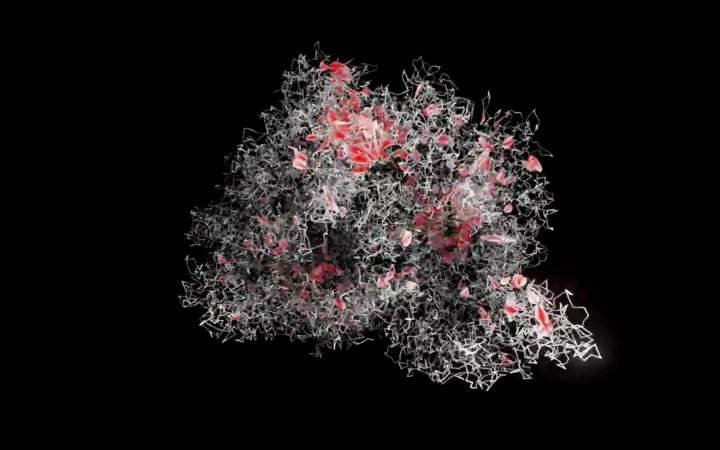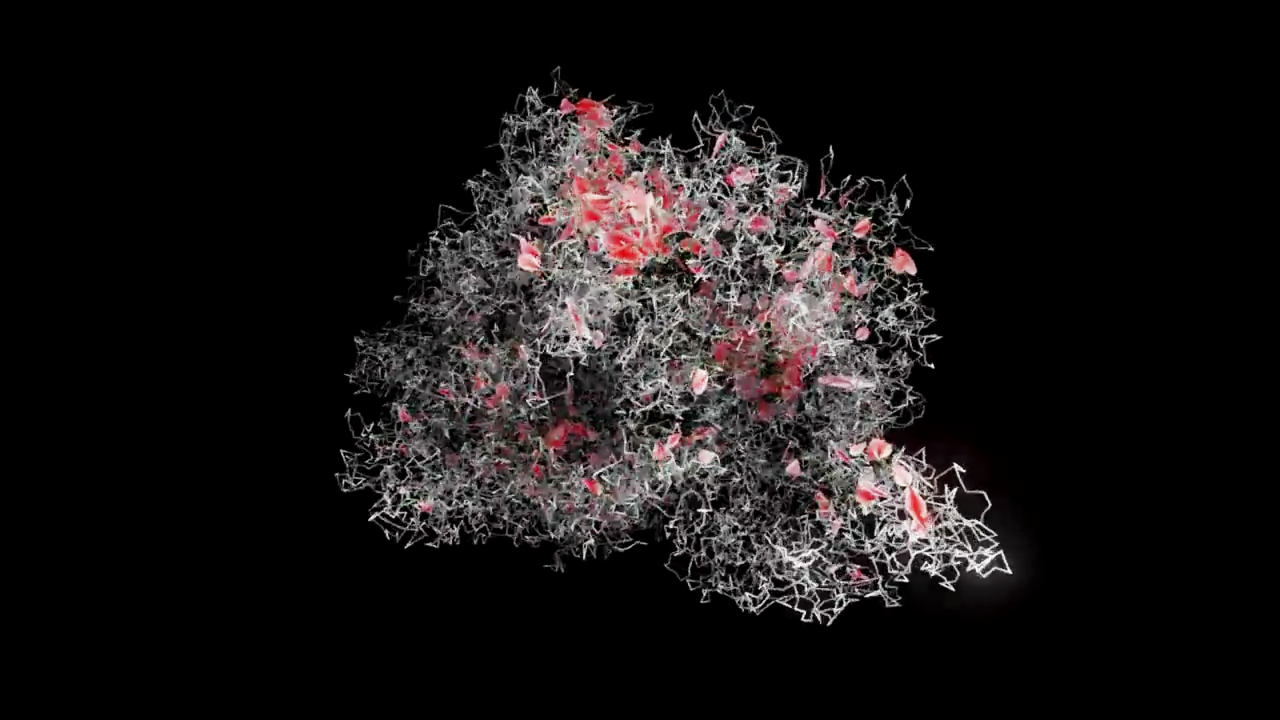#GeneticCode
#DNA #SourceCode #Bioengineering #Phenotype #DNADataStorage #Genotype
#DNA (deoxyribonucleic acid) is known to contain the #SourceCode. #GeneticCode is the set of rules by which information encoded within genetic material (DNA or mRNA sequences) is translated into proteins by living cells.
The description of genetic code began in the 1950s. By 1953 it was clear that the genetic information in DNA, a macromolecule forming a double helix (James Watson, Francis Crick), is made up of four chemical bases: adenine (A), guanine (G), cytosine (C), and thymine (T). At this time the central dogma of molecular biology became that DNA contains the code for the construction of proteins that catalytically and structurally »execute« life. [1]
The metaphors and phrasing used in molecular biology were strongly influenced by #Cybernetics (see key area #MachineLearning) and information theory that became influential in the late 1940s and 1950s, exactly when genetics started to spread its wings. [2] DNA and RNA were called »informational molecules« or »tapes« governed by the rules of information processing. [3] Genetic code was also compared to a computer program, for example, »organs, cells and molecules are united by a communication network.« [4]
To decipher the code of the biological »Book of Life,« was a central issue in molecular biology, and researchers were racing to crack it. The Human Genome Project (HGP, 1990–2003) was an international scientific endeavor with the goal of determining human #Genotype [5], the sequence of nucleotide base pairs that make up human DNA. The private research project of Craig Venter (Celera Corporation) has worked with automated DNA sequencing since 1998.
The developments in molecular biology facilitated new fields of engineering. #Bioengineering »is the manipulation of an organism to produce non-native molecules (such as drugs or proteins).« [6] Recombinant DNA technology, a method originally invented by Stanley N. Cohen and Herbert Boyer in the 1970s to insert human DNA into bacteria to produce a recombinant version of insulin for the treatment of diabetes, is the key for this discipline. The latest developments in the field are genome editing methods; CRISPR/Cas9 recently got the most publicity. Genome editing allows researchers to modify any genomes, including human, with wide application possibilities. [7] The method, just like genetic engineering in general, raises ethical questions.
It has been recently discovered that DNA molecules can store any data (#DNADataStorage). Textual and visual information, even moving images, can be converted to binary then to genetic code [8], which has allowed researchers to encode in a decodable way, for example, a series of frames from Eadweard Muybridge’s »Human and Animal Locomotion« in bacterial DNA.
Lívia Nolasco-Rózsás
[1] Adrian Mackenzie and Theo Vurdubakis, »Codes and Codings in Crisis: Signification, Performativity and Excess,« in: »Theory, Culture & Society,« vol. 28, no. 6, 2011, pp. 3–23, here p. 7.
[2] See Lily E. Kay, »Who Wrote the Book of Life: A History of Genetic Code,« Stanford University Press, Stanford, 2000, esp. pp. 73–127.
[3] See Carl R. Woese, »The Genetic Code: The Molecular Basis for Genetic Expression,« Harper & Row, New York, 1967, pp. 253–254.
[4] François Jacob, »The Logic of Life: A History of Heredity« [1970], trans. Betty E. Spillmann, Pantheon Books, New York, 1973.
[5] #Genotype defines the genes within the organism, while #Phenotype describes its physical appearance.
[6] Brandon Adkins, »A Future Guide to Bioengineering,« Kindle e-book, Amazon Distribution, Leipzig, 2016, p. 5.
[7] See Alex Reis, »CRISPR/Cas9 and Targeted Genome Editing: A New Era in Molecular Biology,« in: »NEB expressions,« no. 1, 2014, available online at: https://www.neb.com/tools-and-resources/feature-articles/crispr-cas9-and-targeted-genome-editing-a-new-era-in-molecular-biology, accessed 09/13/2017.
[8] See Andy Extance, »How DNA Could Store All the World’s Data?,« in: »Nature,« vol. 537, no. 7618, September 1, 2016, pp. 22–24.
Articles
-
A new place to share GIFs: the DNA of living bacteria
Angela Chen
-
The Genesis Engine
Amy Maxmen
-
DNA Computing by Self-Assembly
Erik Winfree
-
Challenges and Opportunities in Programming Living Cells
Ron Weiss
-
Who Wrote the Book of Life? A History of the Genetic Code
Lily E. Kay
-
CRISPR/Cas9 and Targeted Genome Editing: A New Era in Molecular Biology
Alex Reis et al.
-
New CRISPR technology takes cells to the movies
Benjamin Boettner
-
Die 5 wichtigsten Fragen zu CRISPR/Cas9
Lars Fischer
-
Who Needs Hard Drives? Scientists Store Film Clip in DNA
Gina Kolata
-
Crisper-Cas encoding of a digital movie into the genomes of a population of living bacteria
Seth L. Shipman et al.
-
Towards practical, high-capacity, low-maintenance information storage in synthesized DNA
Nick Goldman et al.
Videos
Genetic Algorithm: Introduction – The Nature of Code
12:15 min.
The Race to Crack the Genetic Code with Matthew Cobb
38:36 min.
Nova – Cracking Your Genetic Code (PBS Documentary)
48:47 min.
We Could Back Up The Entire Internet On A Gram Of DNA
4:25 min.
Future Computing: DNA Hard Drives | Nick Goldman
16:26 min.
A genome hacker’s experience with the privacy of shared data | Yaniv Erlich | TEDxDanubia
12:58 min.
Can We Avoid A Digital Dark Age?
4:13 min.



